Problem Solving and the SDGs
The definition of the SDGs is explained here.
Efforts to Eliminate the Use of Freon
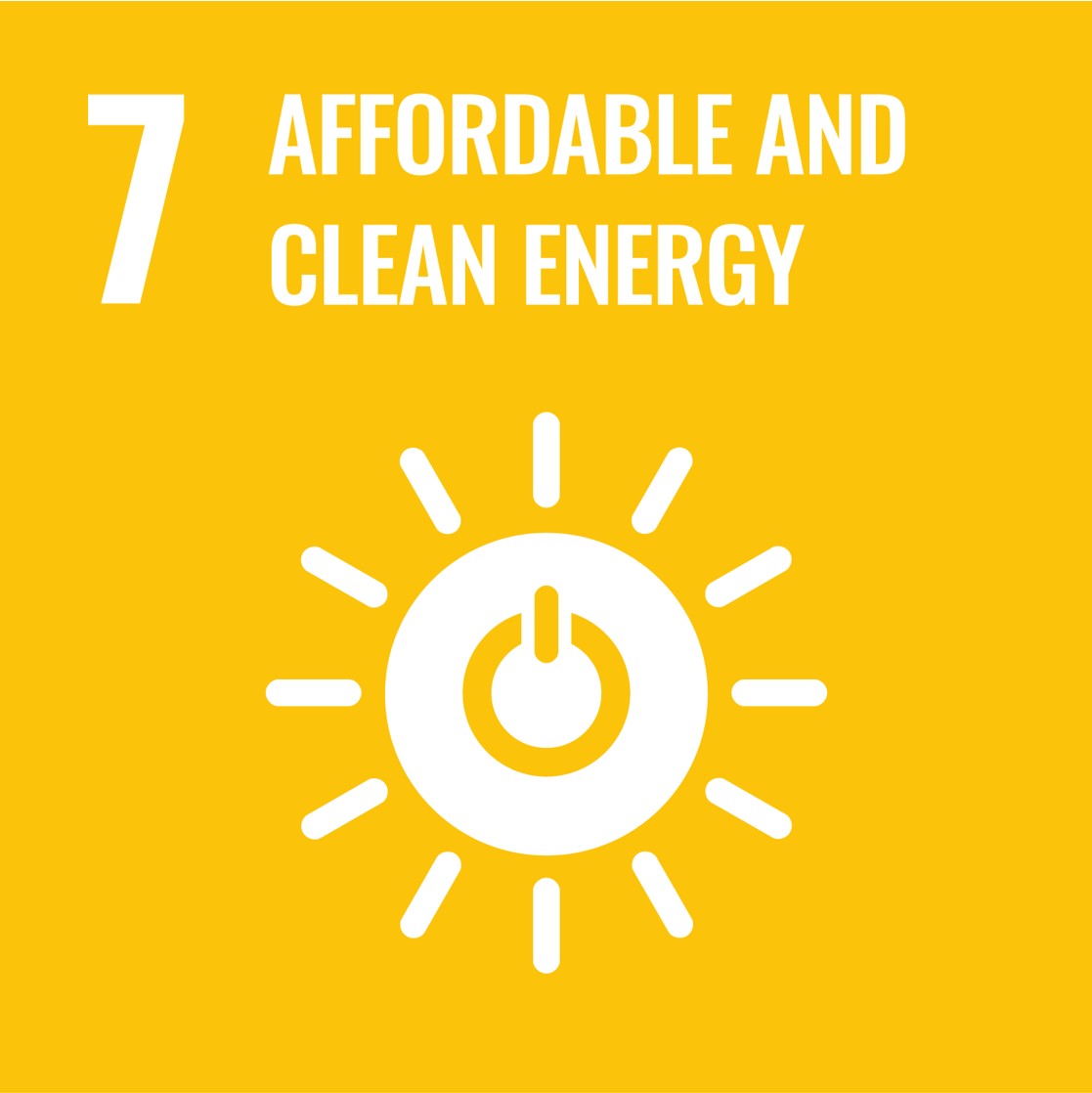
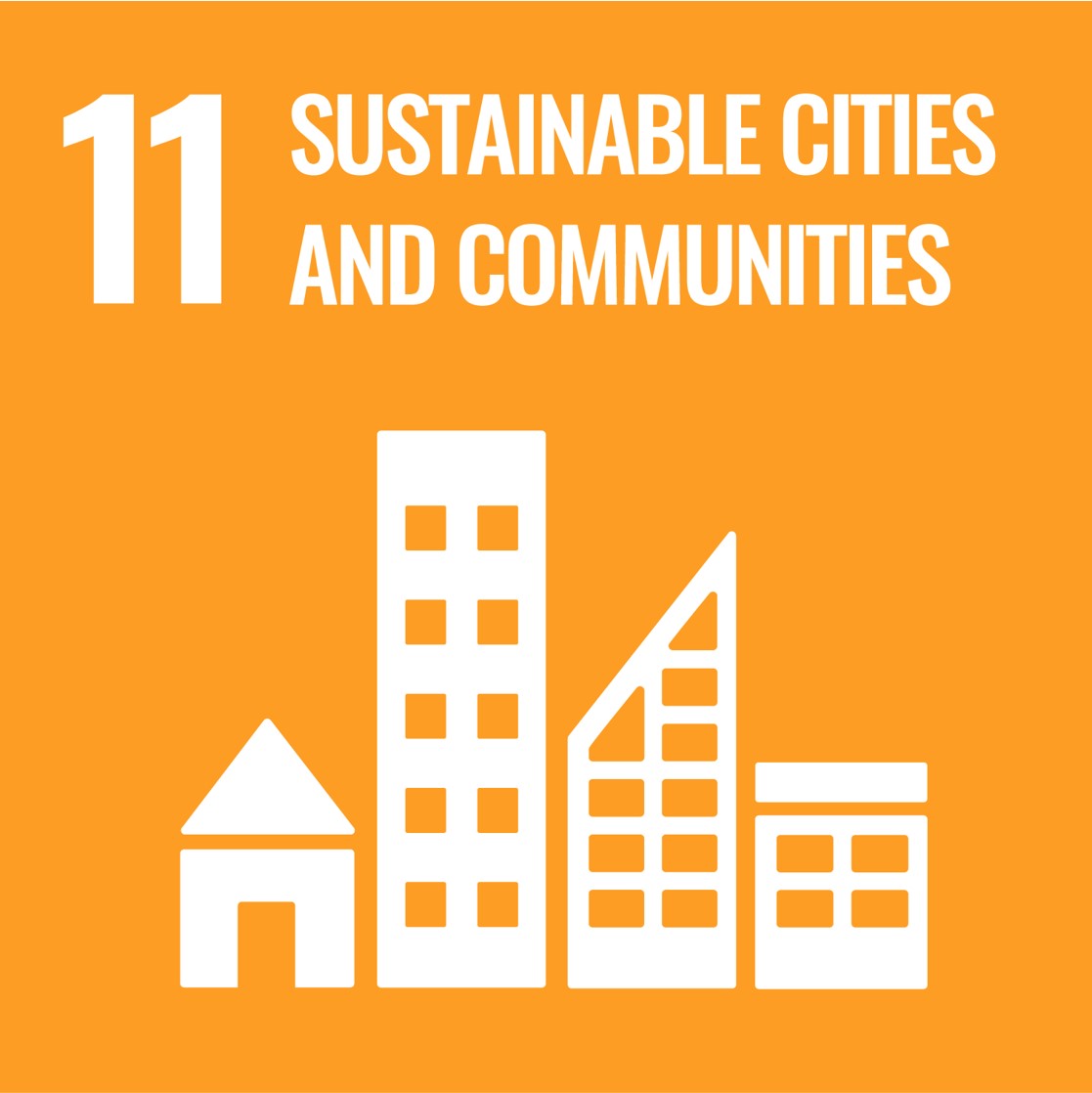
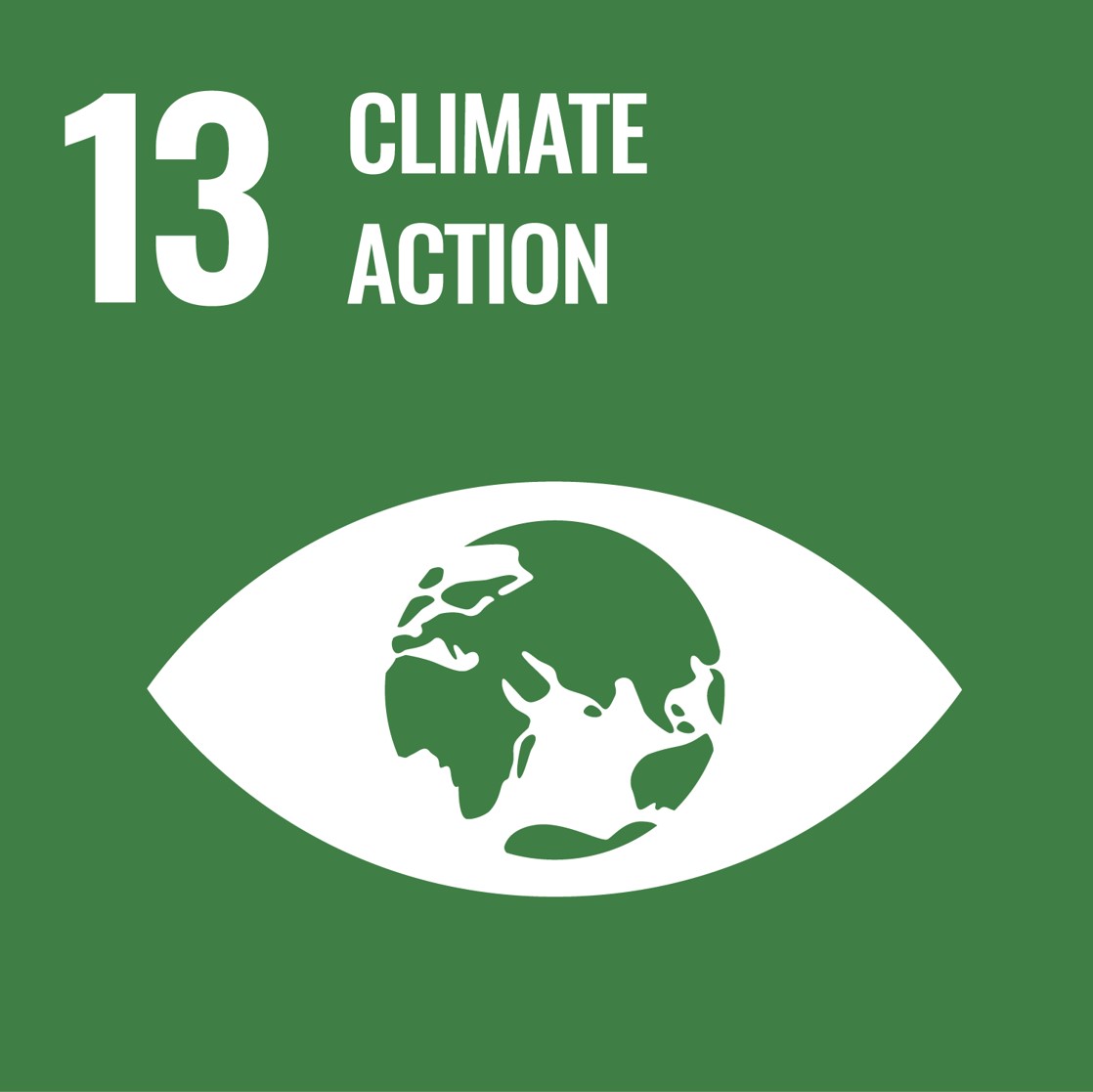
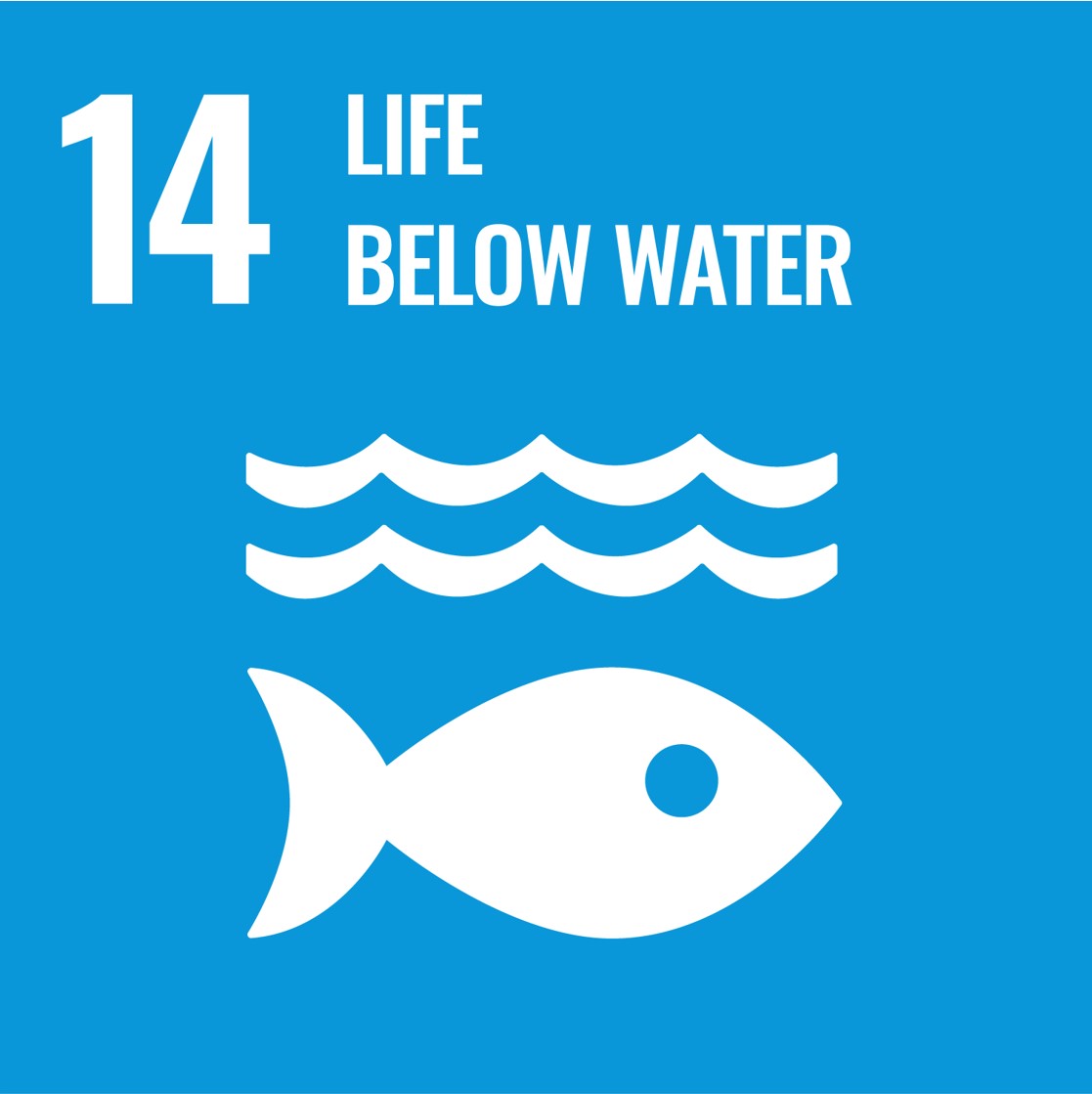
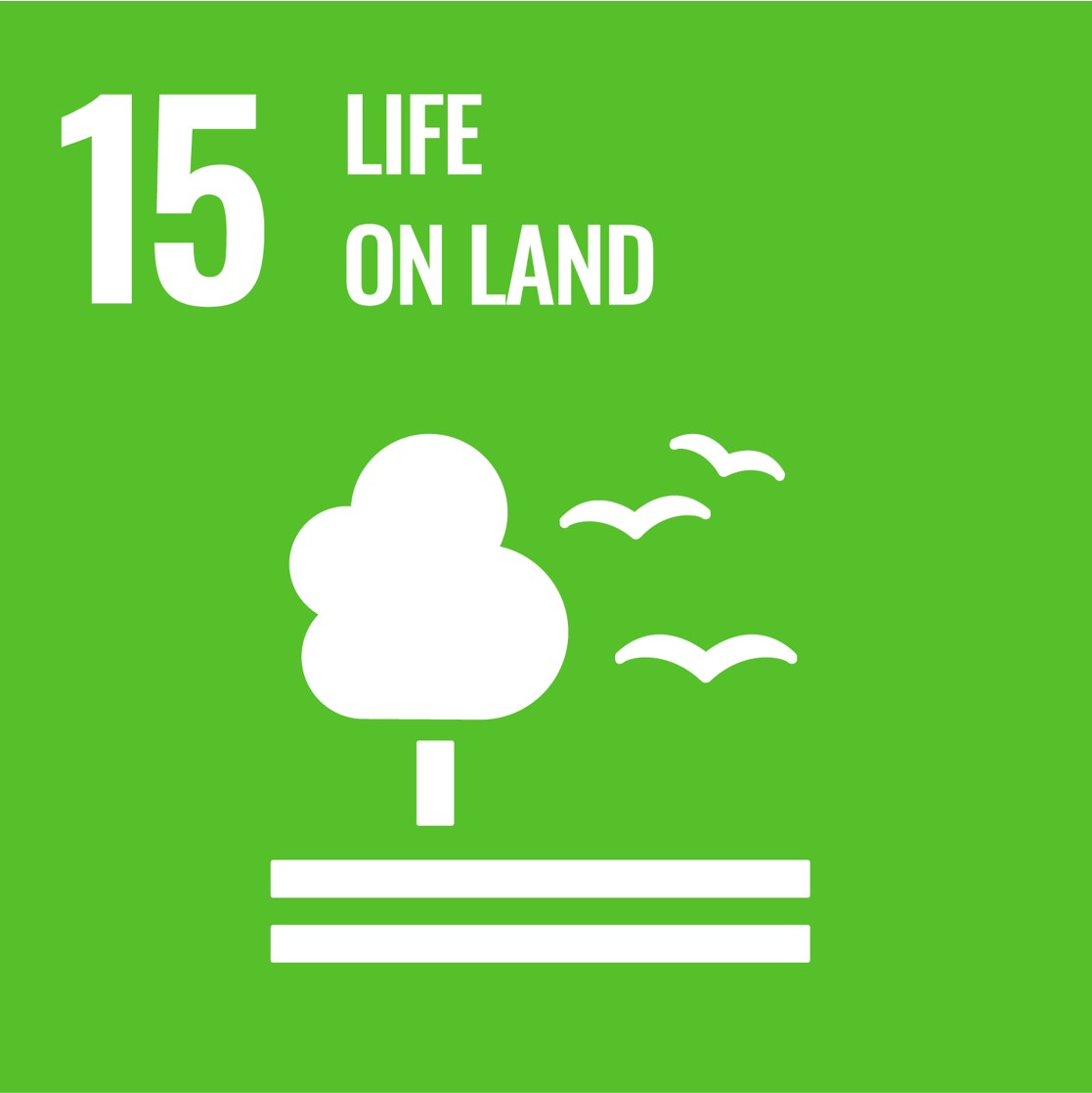
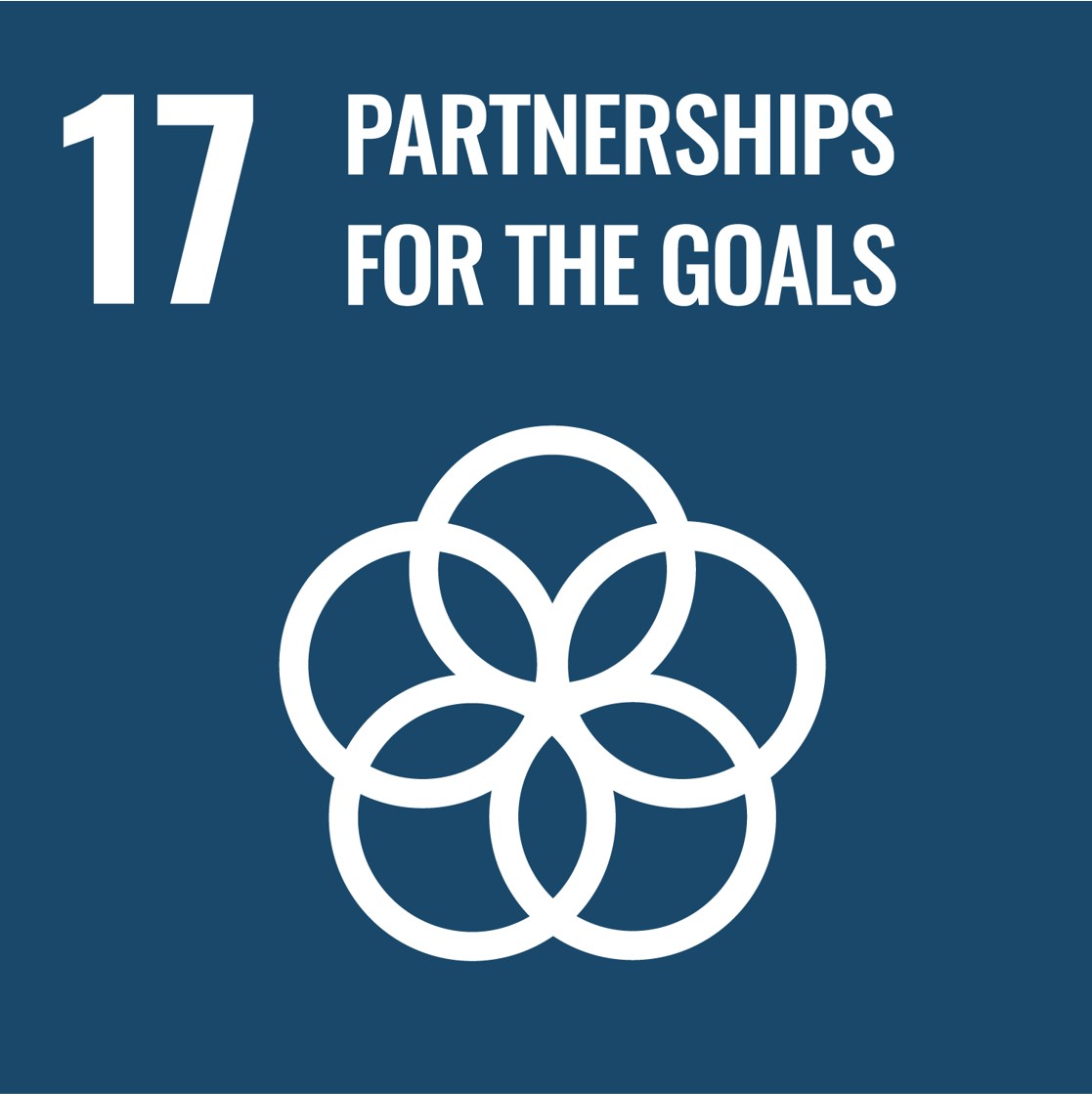
(From the United Nations Information Center)
In response to the issues discussed in Power Issues, Ajinomoto Frozen Foods Co. started to convert its freezers to freon-free in 2001 and completed the conversion in all of its plants in Japan by the end of March 2021. This is the first attempt of its kind in the frozen food industry and is an example of the company's enthusiasm to "Lead the industry" taking shape. In addition, there are still some frozen warehouses that use freon alternatives, and the company plans to move forward with freon-free warehouses in the future.
Improvement of Logistics

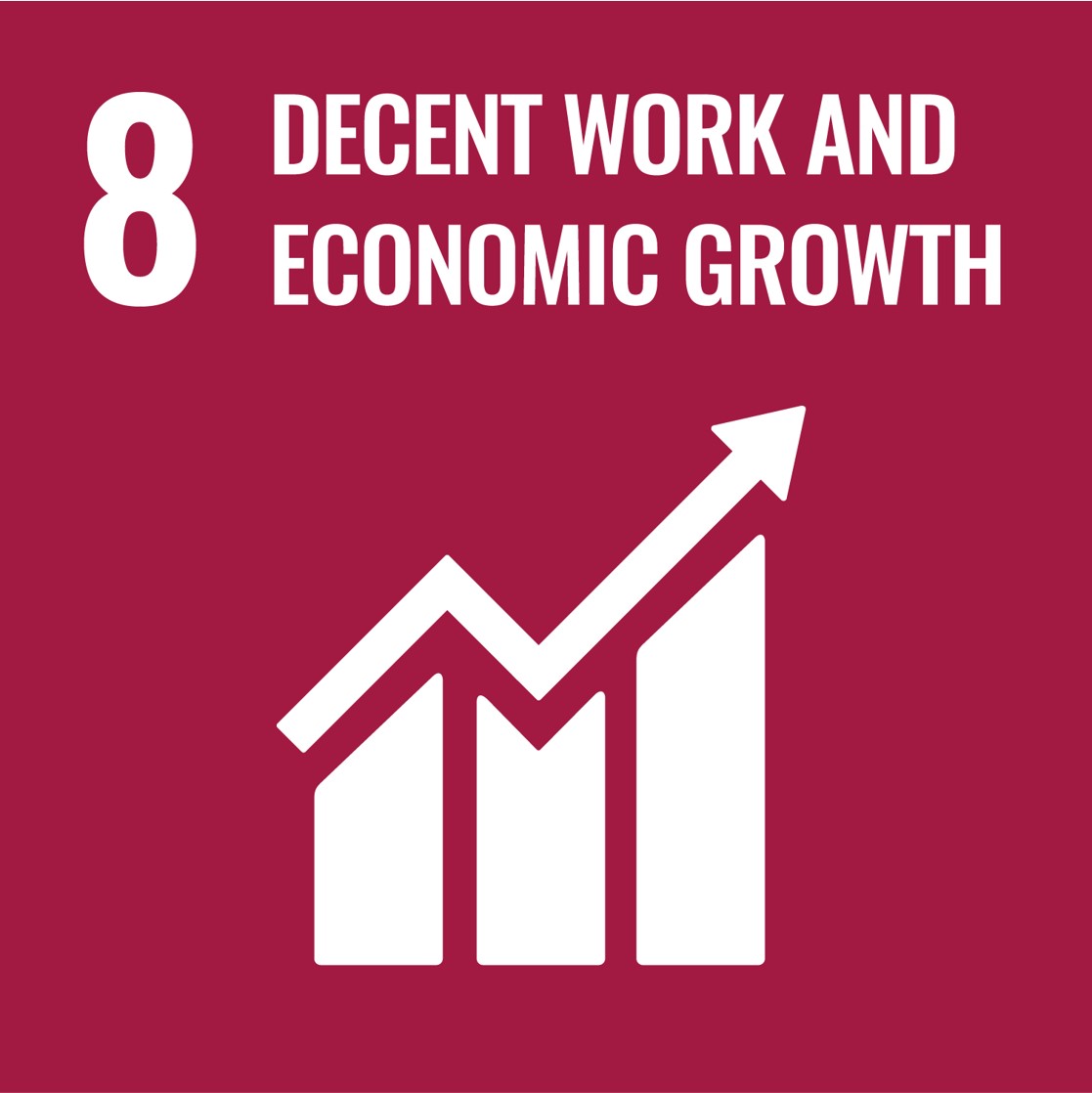
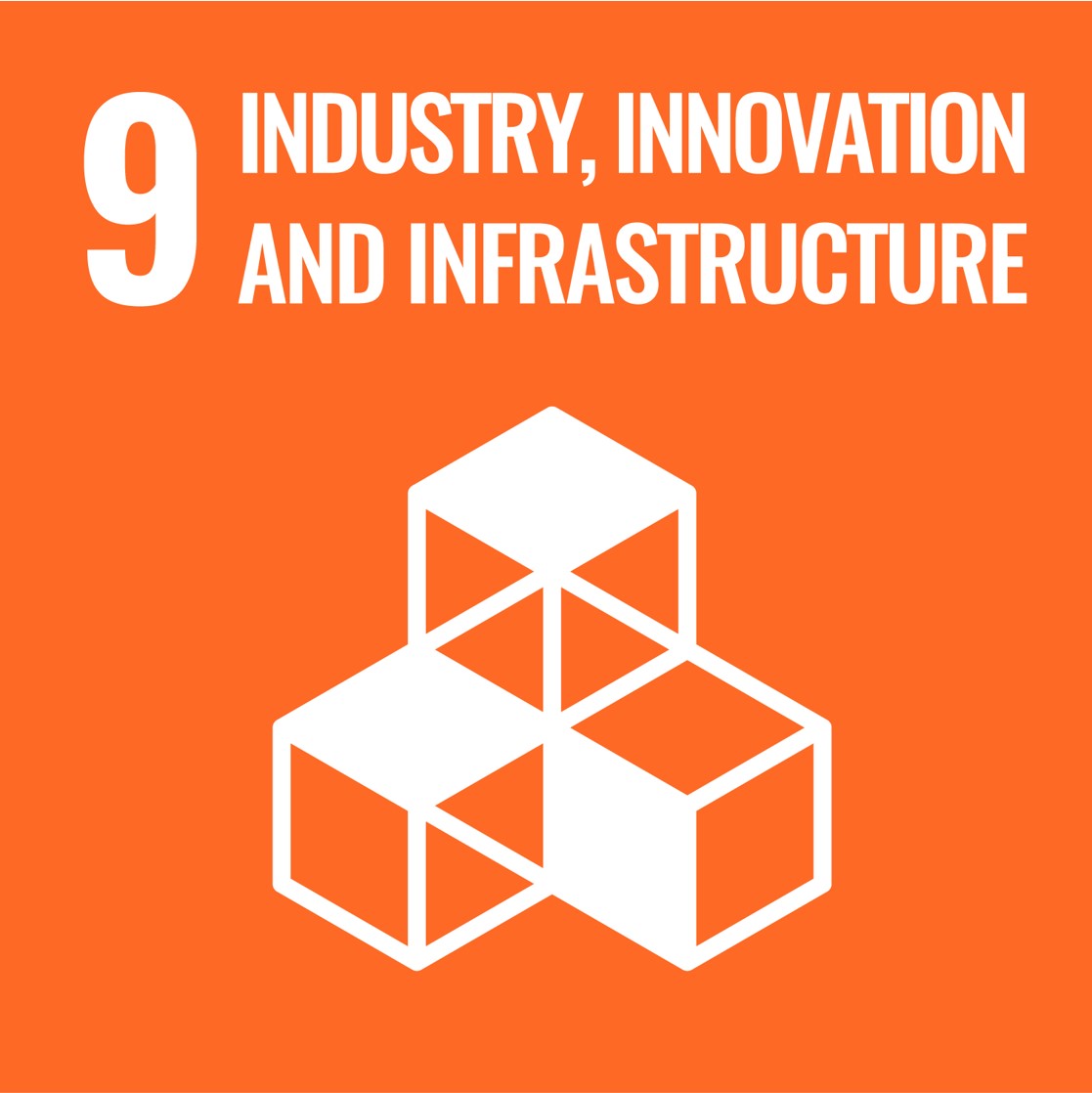





(From the United Nations Information Center)
Logistics also has issues related to the SDGs. For example, if we look at the amount of CO2 emitted when transporting 1 ton of cargo 1km, the amount of CO2 emitted by trucks (commercial freight vehicles) is 225g, compared to 18g for railroads and 41g for ships. This means that trucking is not a good way to transport goods compared to other methods. This is why modal shifts are attracting attention. By changing the way cargo is transported, the amount of CO2 emissions can be reduced by as much as 92% by rail and 82% by ship. This is considered to be an effective measure against global warming.
Collection of Refrigerant
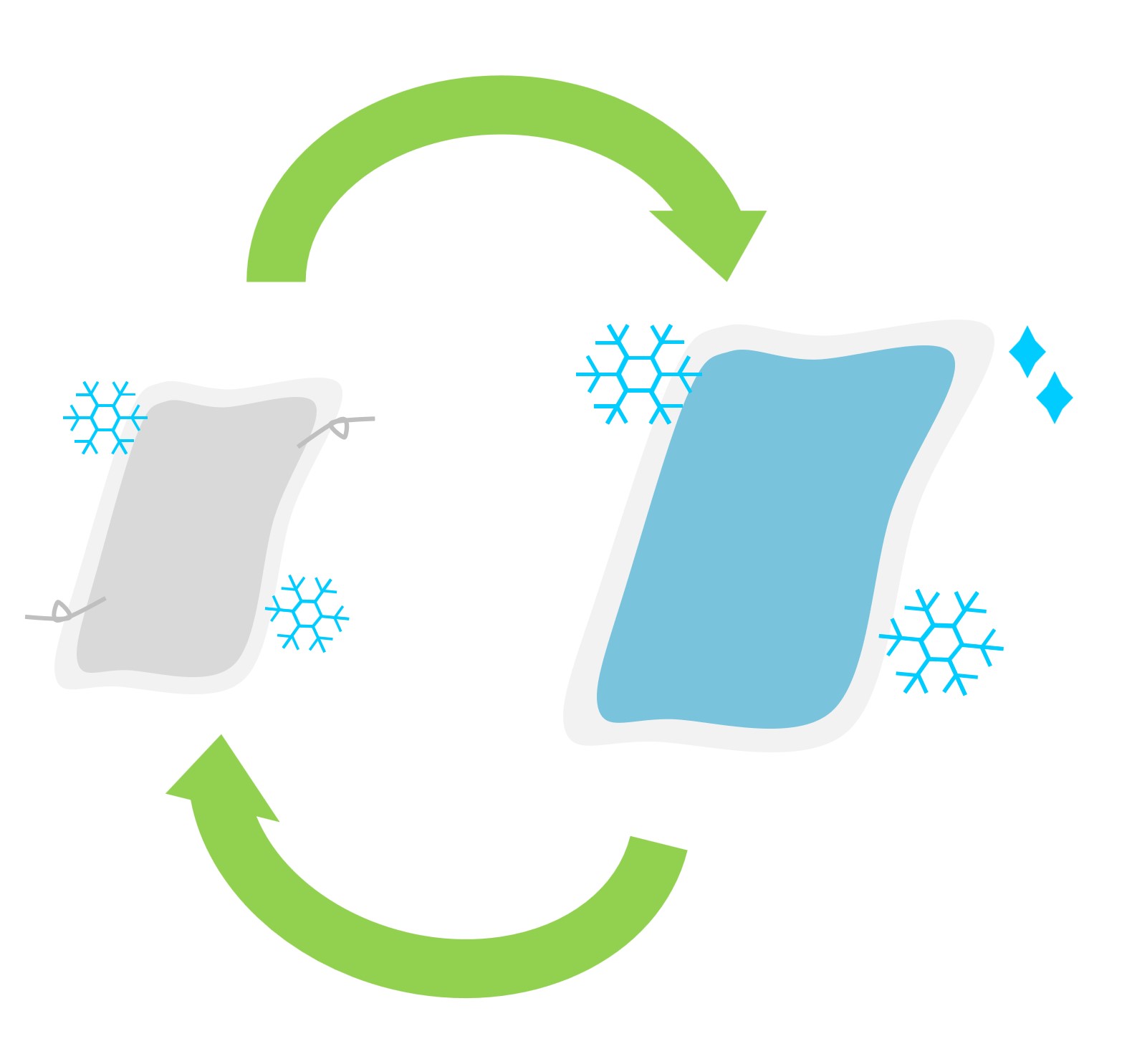






(From the United Nations Information Center)
MUJI (Ryohin Keikaku Co., Ltd.) collects unneeded soft-type refrigerants at its stores nationwide. This is a project to rethink the current situation where reusable resources are disposed of in the home. The collected refrigerants are cleaned, sterilized, frozen, and reused for the frozen food products sold by the company.
Each frozen food manufacturer has various projects, mainly regarding environmental aspects, to contribute to the achievement of the SDGs goals. Through these efforts, frozen foods may continue to evolve as sustainable food.
